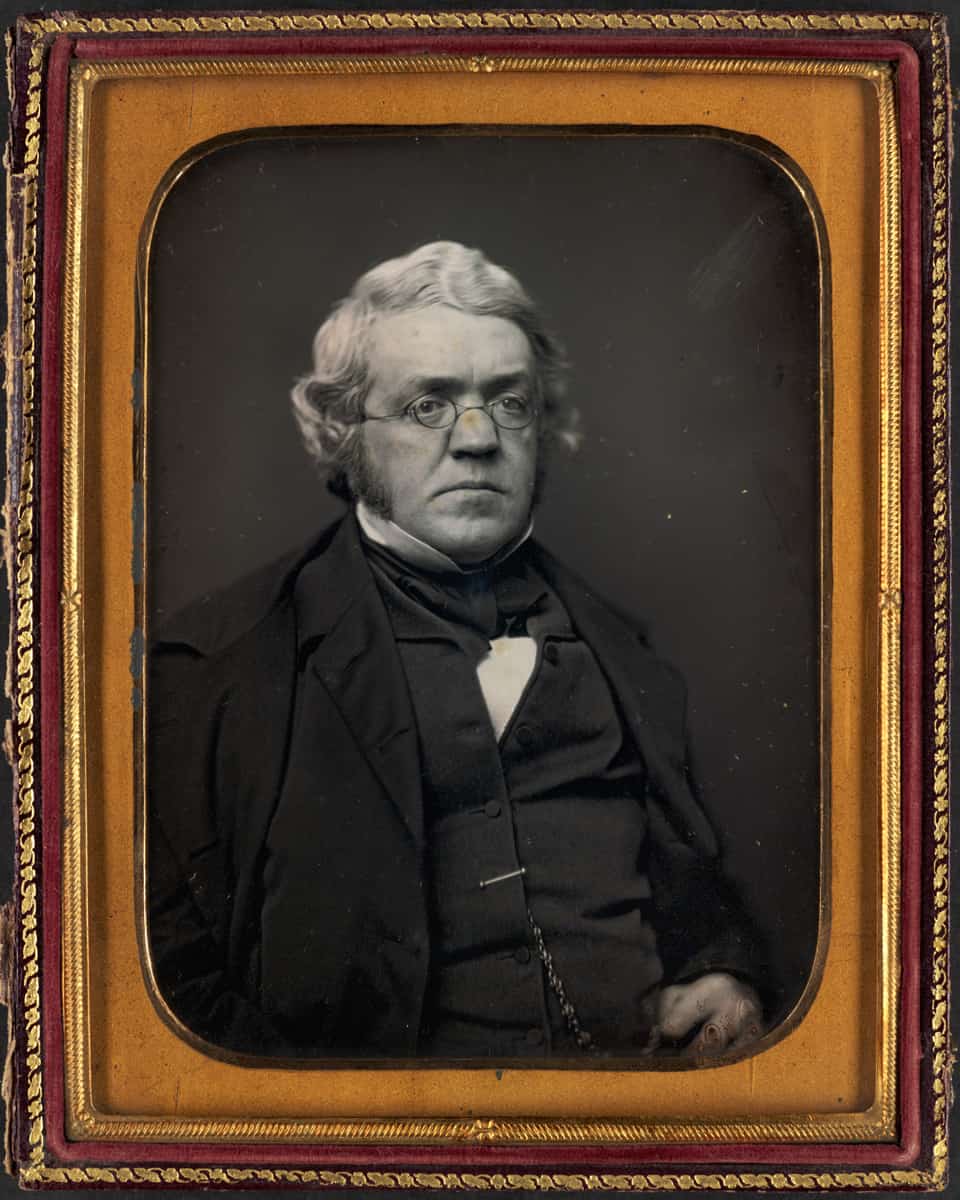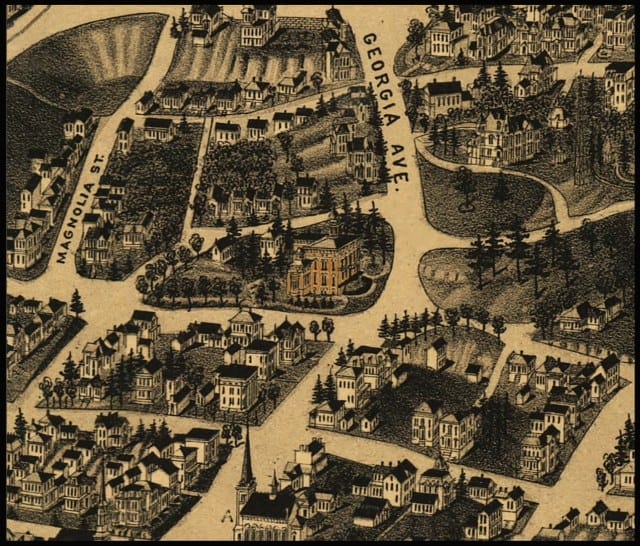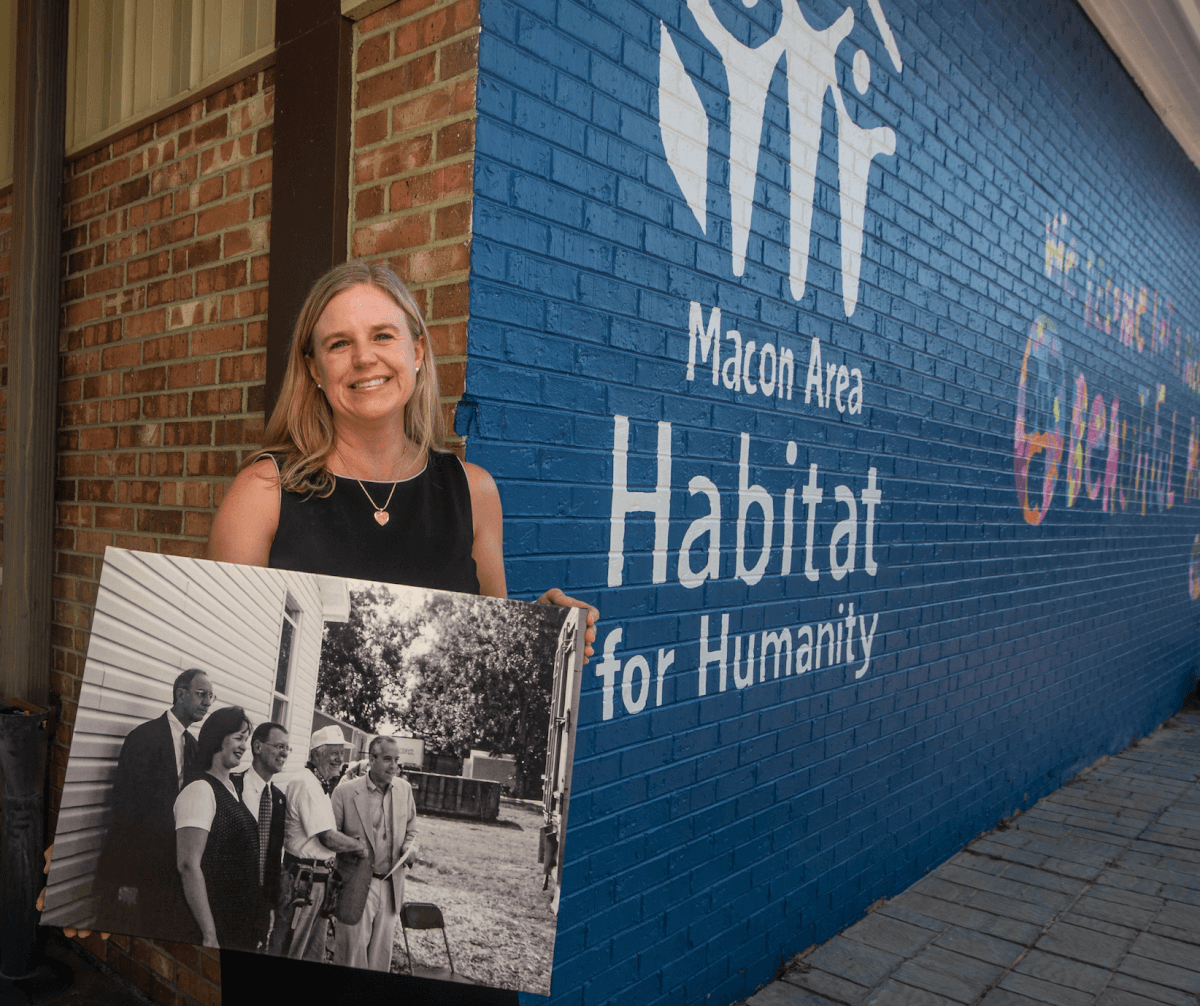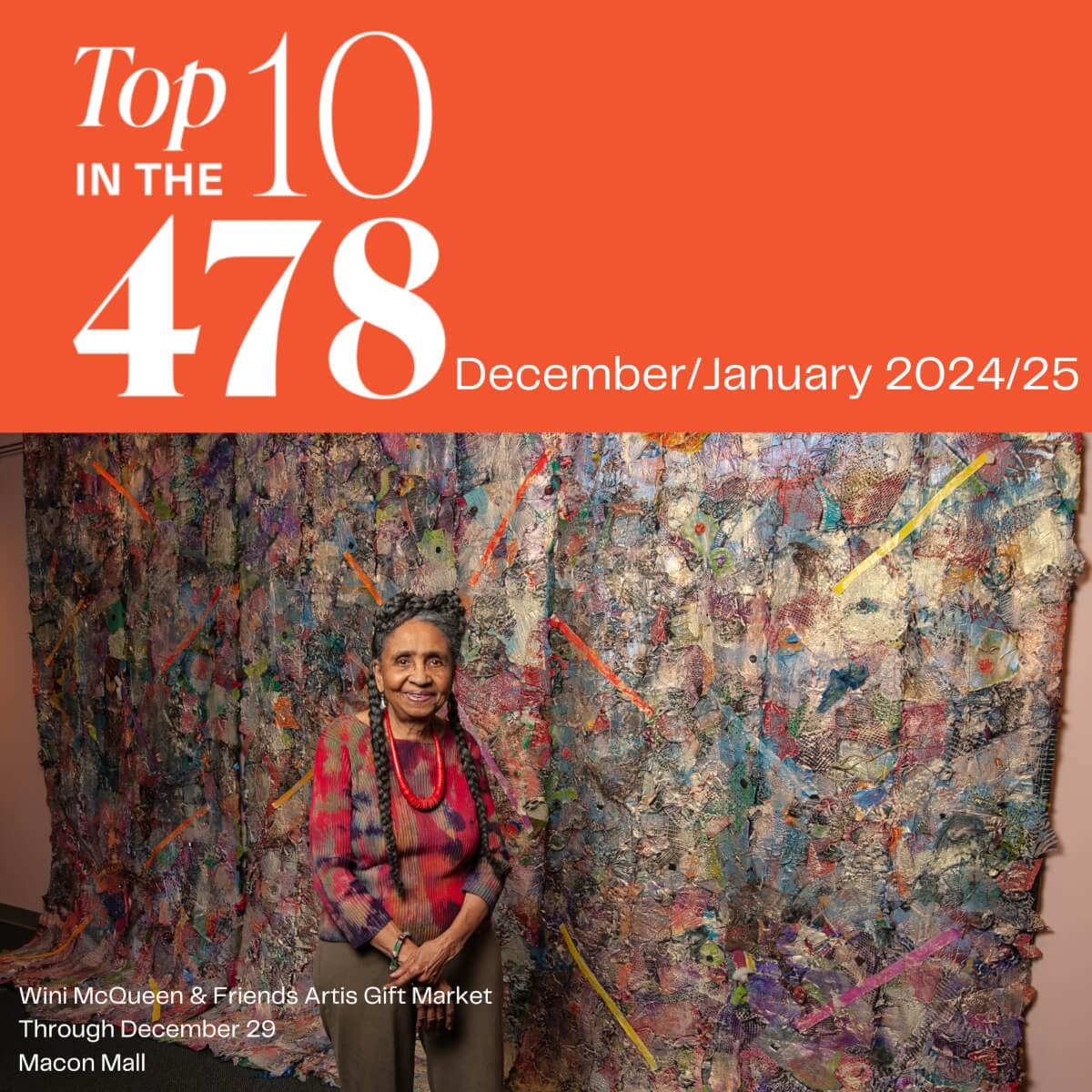
Hay Lore
An English Visitor Recalls his Stay in 1856 Macon
By Jonathan H. Poston, Director of Hay House, with special thanks to attorney and historian Nathan Corbitt, who initially discovered the 1902 article, as well as a group of board members, staff and friends of Hay House who have been searching for more information about this lost structure
Last month, I again watched the 2017 film, “The Man Who Invented Christmas,” portraying Charles Dickens and the month of his writing and publishing “A Christmas Carol” in 1843. Dan Stevens and the other actors are amazing, but one character stands out for me: Dickens’ contemporary and opinionated nemesis William Makepeace Thackeray.
Some Maconites are aware that Thackeray visited Macon in 1856 while on his American lecture tour, but few have read his description. Thackeray had amazing things to say about our city, its people and the builders of the Johnston House (now Hay House).
As one of England’s most famous satirists and novelists, he was still basking in the notoriety from his book “Vanity Fair.” He wrote a lengthy letter to his two daughters, Anne and Harriet, reporting, “I am 200 miles from jolly little friendly Savannah. I am in a great big rambling shambling village which they call a city here.”
When Thackeray arrived he already knew two Maconites, William and Anne Tracy Johnston, and paid them a call on his second day. He recalled in the letter: “I have been to see an old friend of yours and Granny’s and Maria’s … Mrs. Johnstone of the Rond Point, with whom M. lived and who was an anatomy of a woman at Paris, now grown to be fat, healthy and pretty with a pooty itty baby of 7-month-old and we had a long talk about you all and Mr. & Mrs. Johnstone spoke very kindly of everybody.”
The Johnston’s had leased a large and well-furnished apartment in a seven-story house on the Champs Elysees in Paris from the summer of 1852 until they returned to Macon in 1854. The Rond Point that Thackeray mentions is a feature designed by Le Nôtre in 1670 and is still a grand crossroads on the Champs-Élysées.
Although Thackeray seems to have genuine affection for the couple, especially Mrs. Johnston, he went on to refer to Mr. Johnston’s livelihood and the society of Macon:
“Johnstone keeps a shop here – almost everybody keeps a shop. He is very rich though, and has left the business to his brother. I think I like this simple way of trading – the tradesmen form the society. They have pretty houses a little way off from their business. They have not an idea that they are not as good as other folks; you talk to them here without an effort or thought of condescension.”
Explaining that the Johnston’s were “building themselves a house in this rambling lazy out of the way place,” Thackeray described their current residence on the property as being a building formerly housing slaves, adding that it possessed “an uncommonly nice big room on the ground floor in which I felt I could instantly write novels.”

The building to which he refers was apparently a two-story wooden structure from the late 1830s and the period when Mrs. Johnston’s family, the Tracy’s, owned the property and before their original house was shifted off the lot for construction of the present Hay House. First built as a school and known as the Presbyterian School House, it was chronicled in a recently discovered 1902 Telegraph article, “This Landmark must be Spared.”
The reporter stated, “The house was occupied by Mr. William Johnston at the time he was building the magnificent residence now occupied by Judge Felton,” but said it was since used as “servant’s quarters.” The reporter added that Mr. W.G. Solomon had purchased the building and intended to move it to Nisbet Street for renovation as a residence. The fate of this outbuilding and whether it still survives in some form on another site remains a mystery.
The Thackeray letters reveal his opinions of Macon, of the South and of people he met. His acquaintance with the Johnstons, his memory of their Paris location on their Grand Tour, and description of them, as well as their current living situation, is most revealing for further understanding the history of Hay House.







